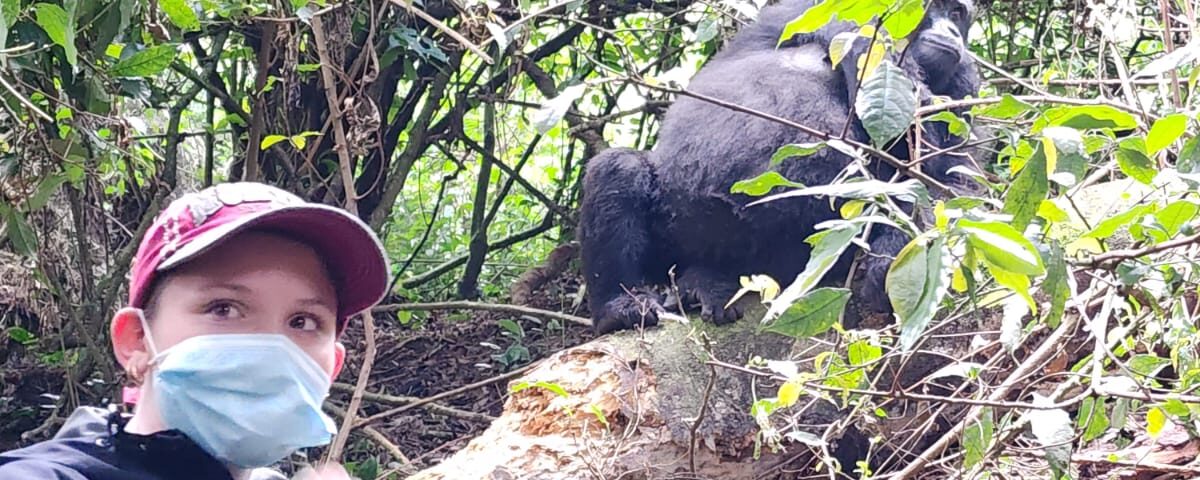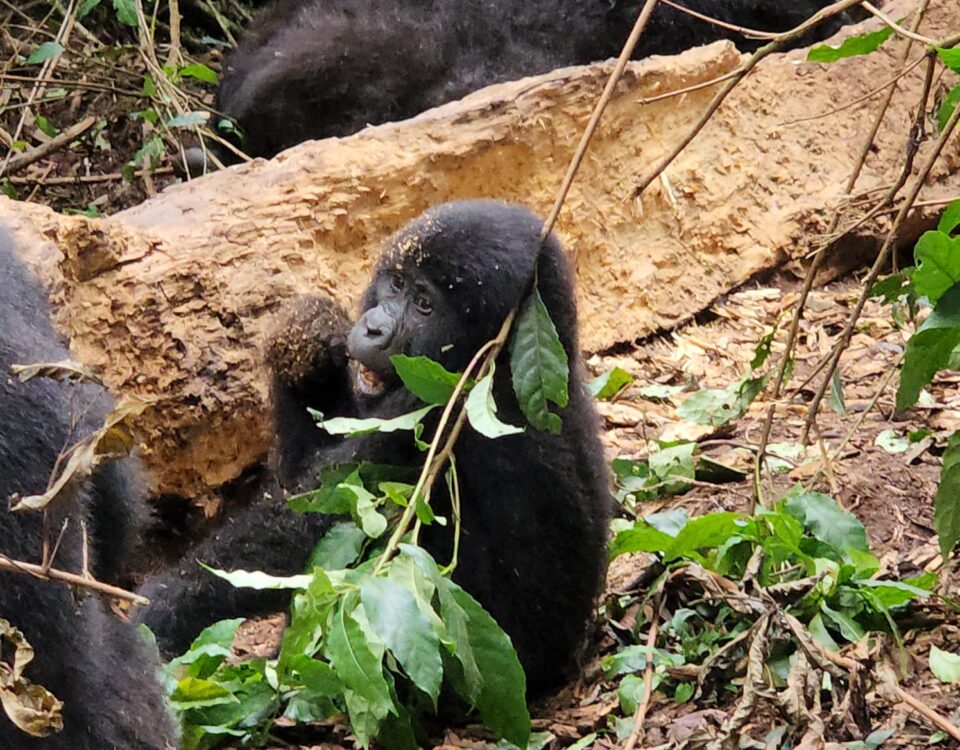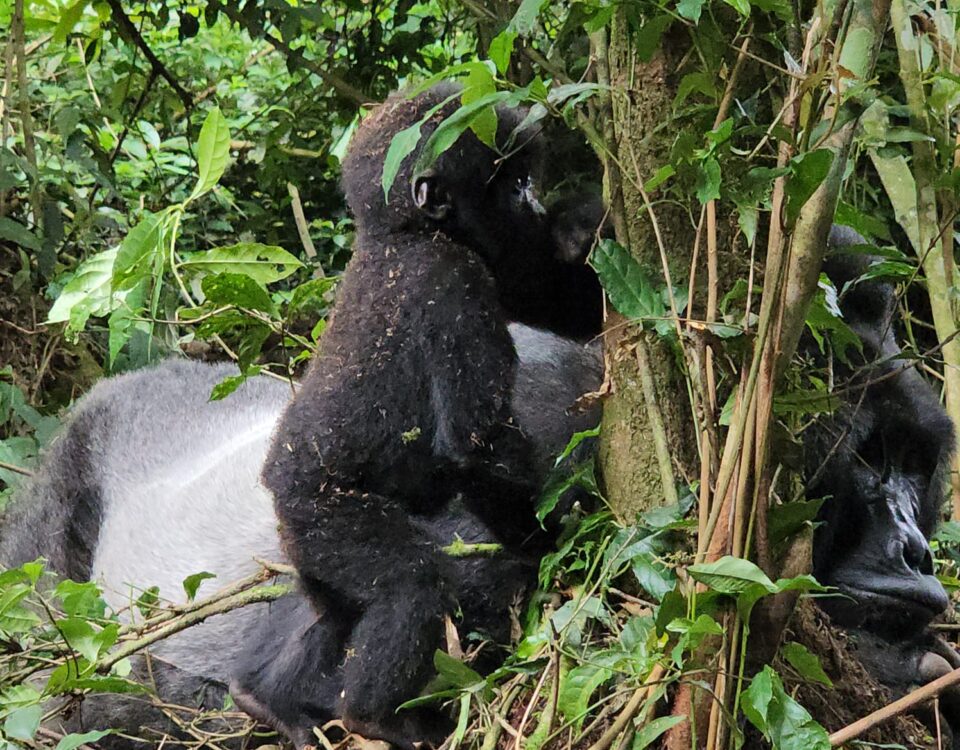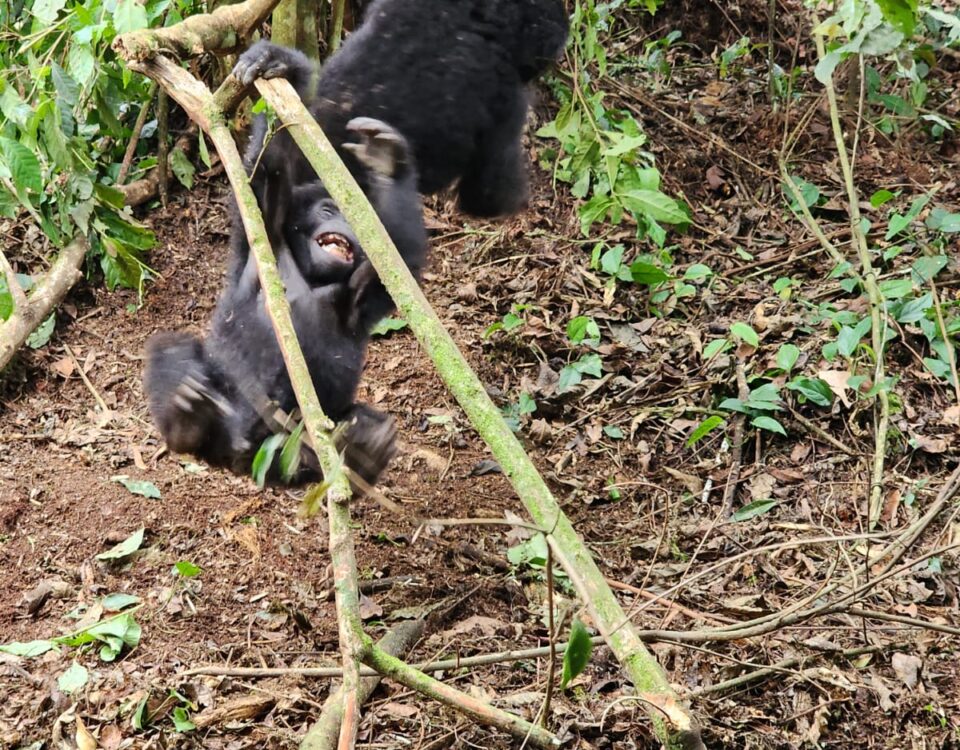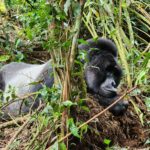
How Long Does a Typical Gorilla Trek Last?
March 26, 2025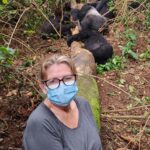
What is the History Behind Volcanoes National Park?
March 28, 2025Are There Many Endangered Species in Volcanoes National Park?
Are There Many Endangered Species in Volcanoes National Park? Volcanoes National Park, located in the breathtaking Virunga Mountains, is a UNESCO World Heritage Site renowned for its exceptional biodiversity and natural beauty. Situated in Rwanda, the park is home to numerous endangered species, making it a vital conservation area for both flora and fauna. One of the most notable attractions within the park is the endangered mountain gorillas, which draw tourists from across the globe for the unforgettable experience of gorilla trekking. However, Volcanoes National Park is not just about gorillas; it is a sanctuary for various other species, some of which are also on the brink of extinction. This write-up delves into the endangered species found in the park, shedding light on its conservation efforts, the cultural experiences tied to wildlife, and why the park is crucial for preserving biodiversity in the region.
Endangered Mountain Gorillas: The Crown Jewel of Volcanoes National Park
When most people think of Volcanoes National Park, the first image that comes to mind is the majestic mountain gorilla. This iconic species, known for its impressive size and gentle demeanor, is critically endangered. With only about 1,000 individuals left in the wild, mountain gorillas are among the most vulnerable species on the planet. The population of these extraordinary creatures has been carefully monitored and protected through extensive conservation efforts, particularly in the Volcanoes National Park.
Gorilla trekking, one of the park’s main attractions, offers visitors a chance to observe these magnificent animals in their natural habitat. The trekking experience allows guests to witness the gorillas’ social structures, behavior, and interactions, providing a rare and intimate connection to nature. Local communities play an integral role in these conservation efforts, acting as guides and park rangers, while also benefiting from the eco-tourism that sustains the park’s economy.
These efforts have proven successful, with the mountain gorilla population slowly increasing in the last few decades. However, the species remains critically endangered due to habitat loss, poaching, and human-wildlife conflict. The park’s continued focus on gorilla protection, coupled with strict anti-poaching measures, has been a lifeline for these incredible creatures.
Other Endangered Species in the Park: A Rich Biodiversity
While mountain gorillas often steal the spotlight, Volcanoes National Park is home to a variety of other endangered species that make it a key biodiversity hotspot. The park provides sanctuary to several other animals that are at risk of extinction. One of these species is the golden monkey, a rare and endangered primate that inhabits the bamboo forests of the park. With its striking golden fur and playful behavior, the golden monkey is a favorite among visitors. This species is classified as endangered, with only a few thousand individuals remaining in the wild.
Another endangered species found in the park is the forest elephant, which is a smaller and more elusive relative of the African elephant. These elephants are typically found in dense forest habitats, making them difficult to track and study. Their population has been declining due to habitat destruction and poaching, but efforts are being made to protect them within the park. Forest elephants play an essential role in maintaining the ecological balance of the park by dispersing seeds and creating pathways through dense vegetation, which benefits other wildlife.
The park also hosts a variety of bird species, some of which are critically endangered. The Rwenzori turaco, for example, is a strikingly beautiful bird native to the Virunga Mountains and is considered vulnerable due to its limited range and habitat destruction. Conservationists are working hard to protect the forests and habitats that these birds rely on, ensuring that their populations remain stable.
Cultural Experience: The Connection Between Local Communities and Endangered Species
An often-overlooked aspect of visiting Volcanoes National Park is the cultural experience tied to conservation efforts. The park’s proximity to local Rwandan communities creates an enriching cultural exchange for visitors. Local people have long been involved in the conservation of endangered species, particularly mountain gorillas. This involvement goes beyond guiding and park management; it extends to the preservation of the traditions and lifestyles that coexist with the wildlife in the region.
One such cultural experience is the opportunity to visit the Iby’Iwacu Cultural Village, located just outside the park. This village offers visitors a chance to experience traditional Rwandan life, including music, dance, and crafts, while learning about the indigenous knowledge of wildlife conservation. Visitors can engage with local communities who have coexisted with the gorillas for generations and gain insight into how they view the animals not only as a tourist attraction but also as a symbol of cultural heritage.
Through these cultural programs, local communities benefit from eco-tourism and the conservation of endangered species, which in turn improves their quality of life. This creates a sustainable model of conservation that prioritizes both the protection of wildlife and the empowerment of local people. As a result, visitors to Volcanoes National Park gain a deeper understanding of the interconnectedness between people, culture, and nature.
Conservation Challenges and Ongoing Efforts to Protect Endangered Species
Despite the successes in conserving endangered species, Volcanoes National Park faces ongoing challenges in maintaining its biodiversity. One of the greatest threats to the park’s endangered species is habitat loss, driven by human encroachment and deforestation. As the human population in the region grows, the pressure on natural resources increases, which can lead to conflict between people and wildlife. To mitigate these issues, conservationists are focusing on community-based conservation programs that offer alternative livelihoods to local people, such as eco-tourism, beekeeping, and agriculture.
Poaching remains another significant threat, especially for species like the mountain gorilla and forest elephant. However, thanks to the dedicated efforts of park rangers and anti-poaching units, these activities have been significantly reduced. Technological advancements, such as the use of drones and GPS tracking, have improved monitoring and protection efforts. Additionally, international collaborations between governments, NGOs, and local communities have helped secure funding and resources for long-term conservation initiatives.
The ongoing commitment to conservation in Volcanoes National Park highlights the importance of maintaining a balance between preserving endangered species and supporting the local communities that live alongside them.
Conclusion: Volcanoes National Park – A Global Conservation Treasure
Volcanoes National Park is undoubtedly one of the most important wildlife conservation areas in the world. Home to the critically endangered mountain gorillas and a host of other endangered species, the park plays a pivotal role in the protection of biodiversity. Through continuous conservation efforts, collaboration with local communities, and eco-tourism initiatives, the park has become a symbol of sustainable development and wildlife preservation. As more people visit the park to experience the wonder of gorilla trekking and other wildlife encounters, it is crucial to continue supporting these efforts to ensure the long-term survival of the park’s endangered species.

